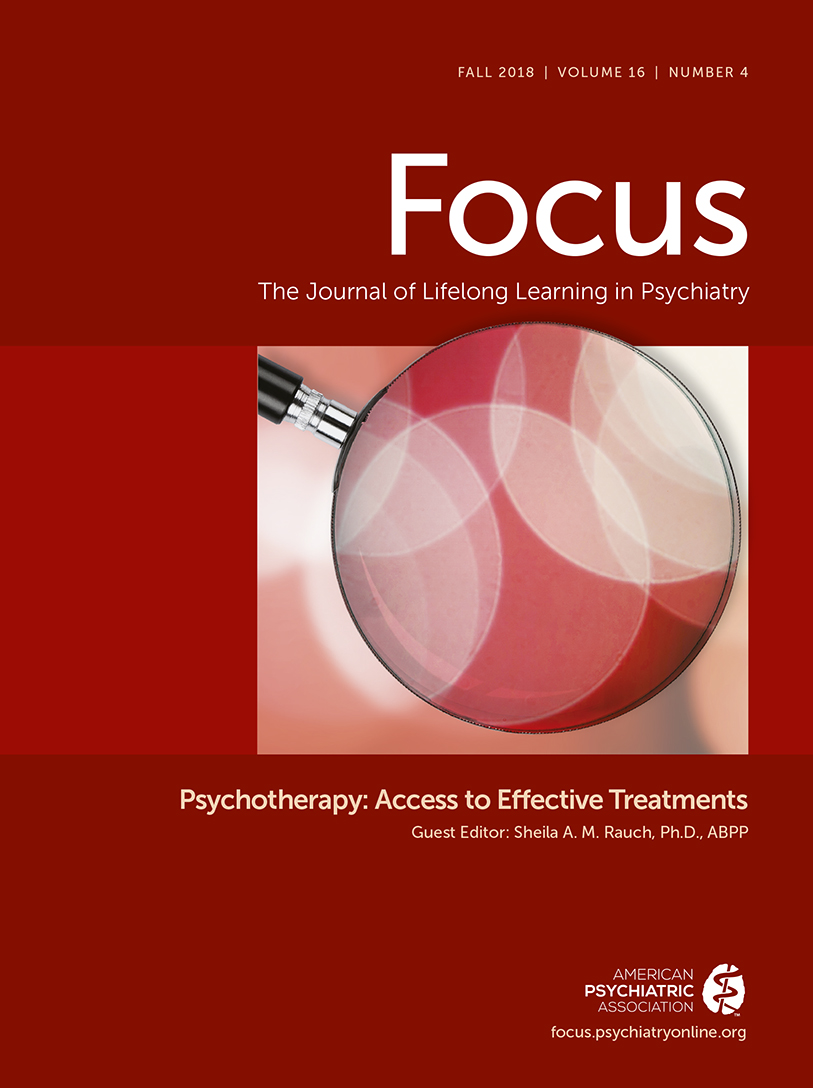Predisposition to Neuropsychiatric Disease: Common Genetic Risk Factors
Over the past several years, increasing concern has been expressed about the reproducibility of many scientific findings, with a number of recommendations being made, including reducing the acceptable significance level to .01 or even .005. The critical reader is well advised, therefore, to value preferentially those reports in which sample size and significance levels are compelling. Collaborative psychiatric genetic studies and meta-analyses have begun to address this issue, reporting sample sizes in excess of 100,000 and significance levels that range from 10−8 to 10−236. One example in this regard is the report by Gandal et al. (1). Analyzing gene expression in the cerebral cortex across five major neuropsychiatric disorders (autism spectrum disorder, schizophrenia, depression, bipolar disorder, alcoholism) among 700 individuals, as well as 293 healthy controls and 197 patient controls with inflammatory bowel disease, the authors identified both distinct and shared expression patterns, implicating causal polygenic overlap among the disorders. Of note, bipolar disorder gene expression was more similar to schizophrenia gene expression than to depression gene expression, whereas that for alcoholism showed little overlap with gene expression for any of the other four disorders. Some of the same genes that separated individuals with psychiatric conditions from normal controls were overexpressed in individuals with autism compared with those with schizophrenia, and others, controlling for neuronal firing, were reduced in expression in individuals with schizophrenia, bipolar disorder, and autism.
The findings themselves are impressive, providing a road map to understanding how common genetic risk factors express their effects across what were once thought to be distinctly different illnesses; more important, however, the methodology speaks to the enduring contributions of large data sets and the value of the collaborations that generated them.
1 : Shared molecular neuropathology across major psychiatric disorders parallels polygenic overlap. Science 2018; 359:693–697Crossref, Google Scholar



